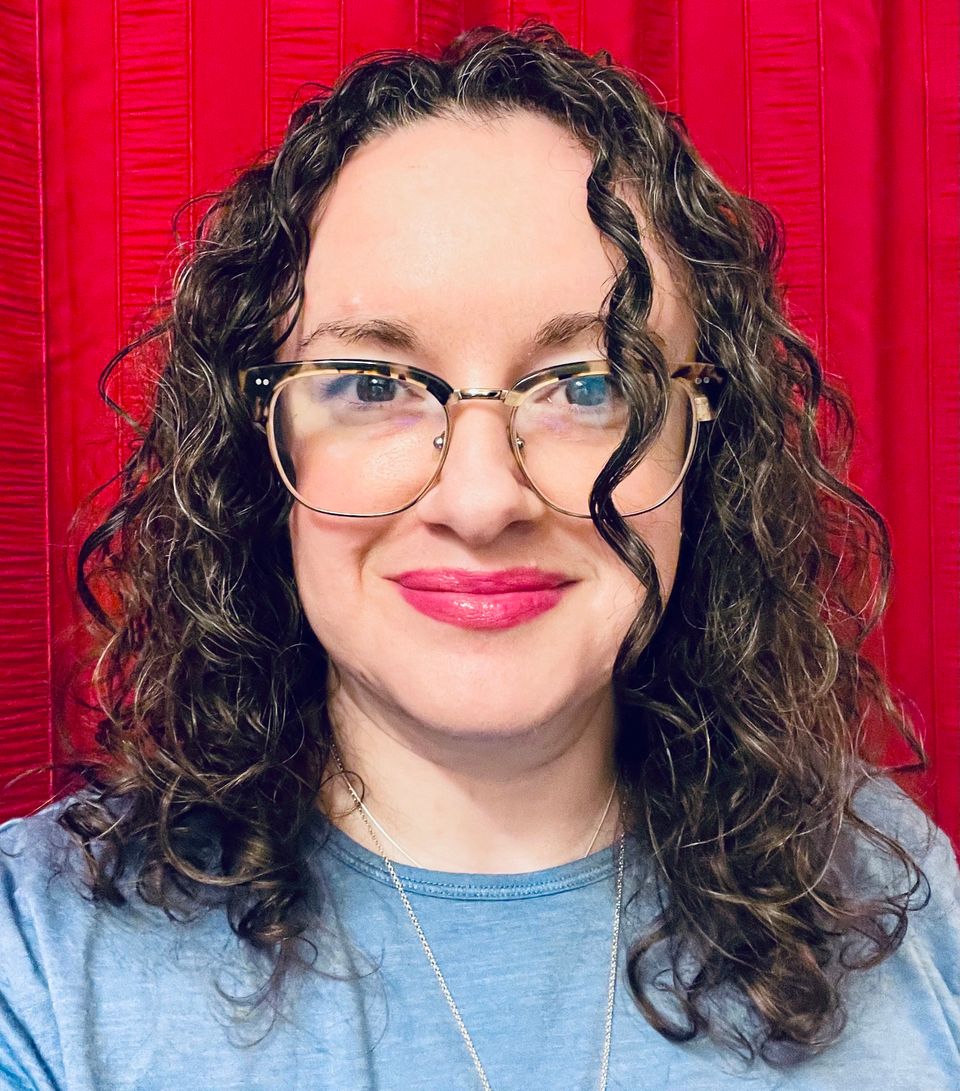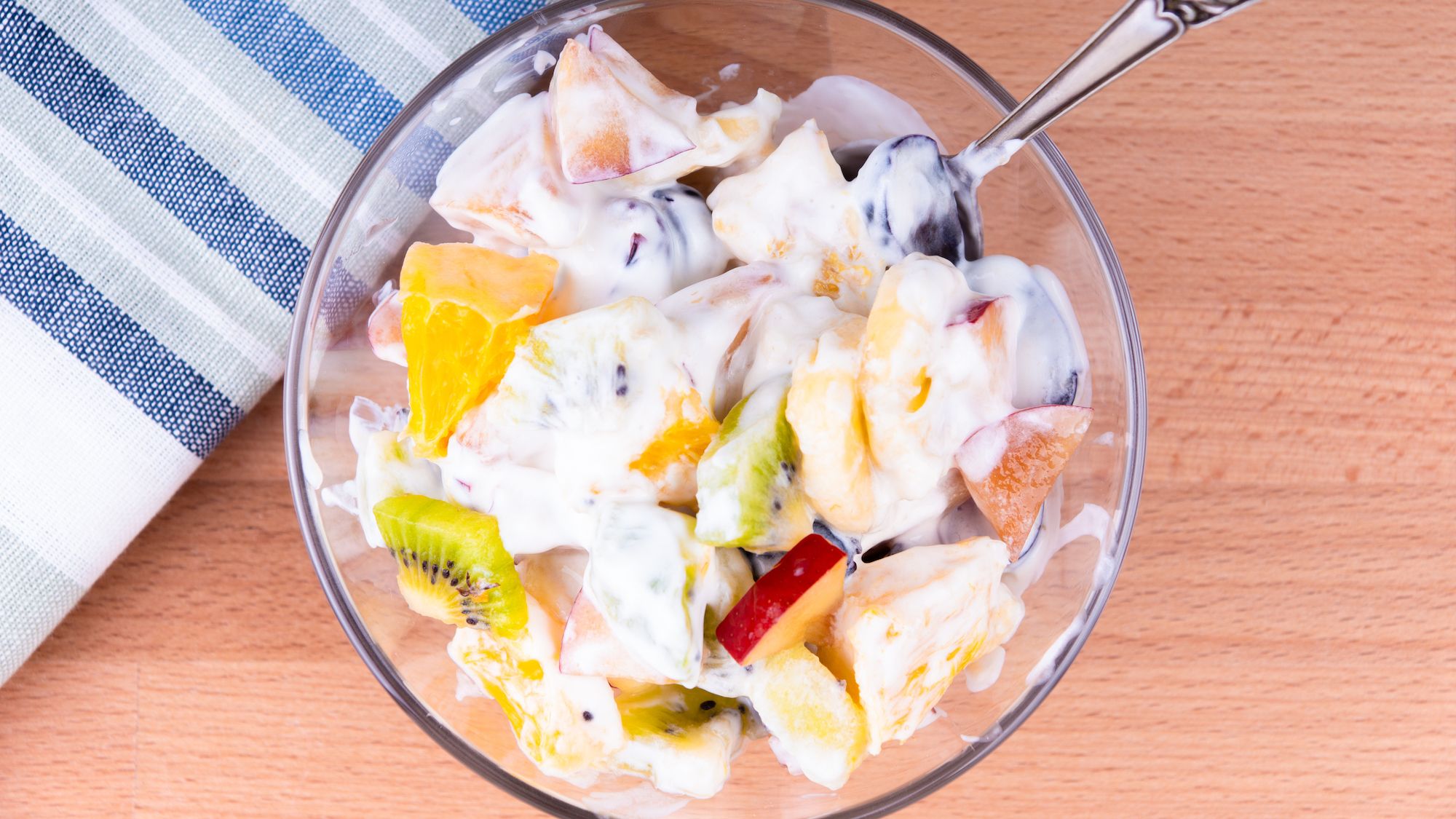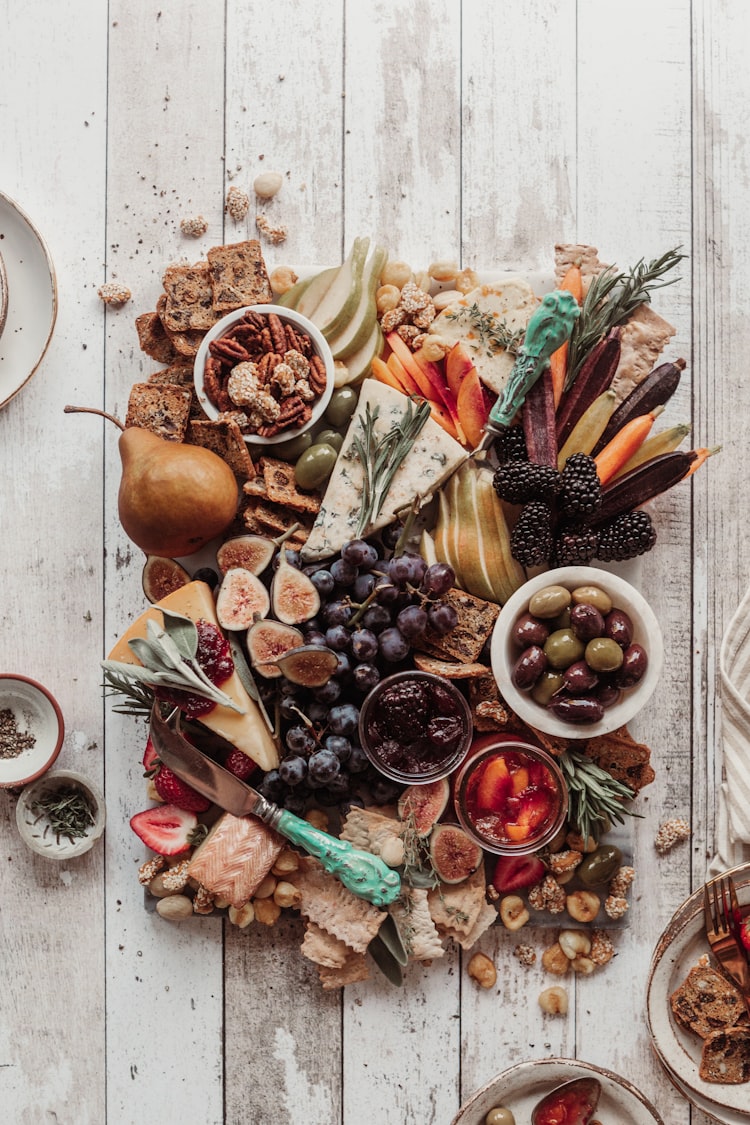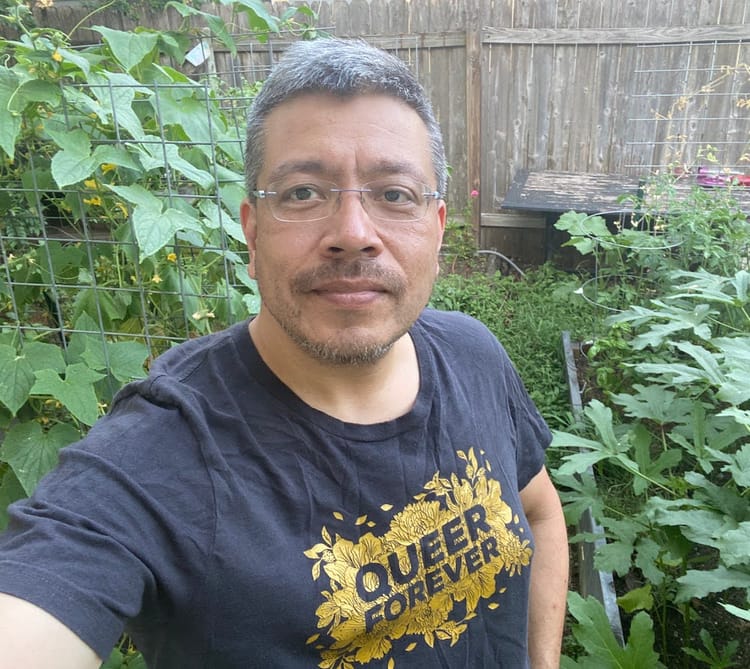Betty’s Summer Surprise Fruit Dessert | Fruit Salad

Madeline Ashby is a consulting futurist and science fiction writer based in Toronto. She is the author of the Machine Dynasty series, Company Town, and contributor to How to Future: Leading and Sense-making in an Age of Hyperchange. She has developed science fiction prototypes for Changeist, the Institute for the Future, the Smithsonian Institution, SciFutures, Nesta, The World Health Organization, the World Bank, the Atlantic Council, and others. She is a member of the AI Policy Futures Group at the ASU Center for Science and the Imagination, and the XPRIZE Sci-Fi Advisory Council. Her work has appeared in BoingBoing, Slate, MIT Technology Review, WIRED, The Atlantic, and elsewhere. You can find her at https://madelineashby.com or her (very new!) mailing list, Overt Intelligence.
For a long time, I was very sick.
My word for sick was “busy,” or “tired,” or “behind.” I had fingers in every pie. Some of them were cool and creamy and sweet, and others were molten hot, blistering. I had a go-bag at the door. When I came home I wouldn’t get out of bed for days. Sometimes the sickness came with a cough. Sometimes it came with the pervasive sense that every possible choice of what to do next was the wrong one. Sometimes I would finally drag myself to my desk and stare at one of two novels that had languished, unfinished for years. When you are always catching up, you can never truly arrive.
My illness enjoyed hiding behind my successes. It hid inside my carry-on and my hardshell. It hid under my gel manicure. It was a deceptively-worded clause in yet another contract I had failed to sign and scan until long after the work was done. Occasionally others glimpsed it peeking out from behind my glasses, which is, I imagine, why, in the greenroom at SXSW 2018, Bruce Sterling suddenly turned to me with the dread weight of his perceptiveness and asked, “But are you okay? Really?”
Reader, I was not.
A lot of my day was spent watching loops of soothing videos. There was something democratizing about video platforms, then. People were still nervous on camera. I listened to soft-spoken men explaining crypto and whispering women explaining crystals. What I was really listening to were people talking about the beliefs which had seen them through times of crisis. This is how I found the recipe I am about to share with you.
It comes from a YouTube channel called “Betty’s Kitchen.” Betty was thin and blonde and retired. A proper Kentucky woman, she wore lipstick and French tips. The video is called “Betty’s Summer Surprise Fruit Dessert.” And it was the one thing I could bring to a barbecue, even when I could barely bring myself.
Most sugar is ground with bone char. It takes death to make life sweet. Much like the act of killing, the act of creation requires means, motive, and opportunity. There are so many things we all could make if we had the space, the tools, the materials, the time, the knowledge, the vision, the guidance. This is also true of healing. The question is not whether healing is possible. Of course it’s possible. But without the right conditions in place, it’s like trying to paint the Mona Lisa with your fingertips.
The recipe can be made under most conditions. It requires almost no executive function to make. It involves no expensive equipment or specialty ingredients. It can be scaled up or down. Although Betty called it a dessert, it can also be a side dish or breakfast or hangover helper. You can serve it thick, like pudding, or thin, like soup. It is free of gluten and nuts. It can be made luxe, with fresh organic fruit, or it can be made lean, with frozen or canned. It can be made with almost any fruit. It can be made vegan with coconut yogurt and maple syrup. This dish is easy to make, and easy to eat. It’s good if you’re sick, regardless of what kind of sick you are. It’s good if you’re busy, or if you’re “busy.” It’s messy, and it takes time, but so does everything worth doing.
What trauma does, whether it happens once violently or persistently over a lifetime, is teach our conscious awareness to abandon the body. Our minds perform an Irish goodbye: they leave the party with none the wiser. Later, everyone might wonder where we vanished to, where the fire was. (The fire is here. It illuminates all the corners where no one wants to look.) Eating returns us to our bodies. This is one reason why some of us eat too much or too little. What returns us to ourselves is not the taste of a madeleine (sorry) submerged in tea, or a piping hot piperade, but rather the bloom of hunger itself—which is the best spice. That is the taste of coming home to the body, to the thing that wants, the part that hunts and captures and claims.
“Where do you feel that in your body?” is a question we’re often asked during the healing process. It’s easy to answer where the tension is. It’s much harder to answer where desire is, or satisfaction, or contentment. But there is a place for it. There is a place for peace, and flow, and the sense of finally finishing something you’ve wrestled with. You will find it, yellowed and frayed, tucked between the pages of a book spattered with what might be blood or wine or both. It will be there, thin as onion skin, delicate as a cake you walk past on tiptoe. But it’s there, with all the other things you stored in case of emergency. It’s there if you look.
Fruit Salad

This is a recipe for a lovely, versatile fruit dessert that is easy to make even during hard times. Prepared as written, it serves 8-10 people.
Get the Recipe: PDF, Google Doc
If you’d like to own the Personal Canons Cookbook ebook, which collects all these essays and recipes in easy-to-reference, clickable format—plus loads of bonus recipes from me!—join the Stone Soup Supper Club. The ebook is free for subscribers, who will get the download link in their inboxes in the first Supper Club email of 2024!
Remember: Care for yourself and the people around you. Believe that the world can be better than it is now. Never give up.
—Gailey






Member discussion